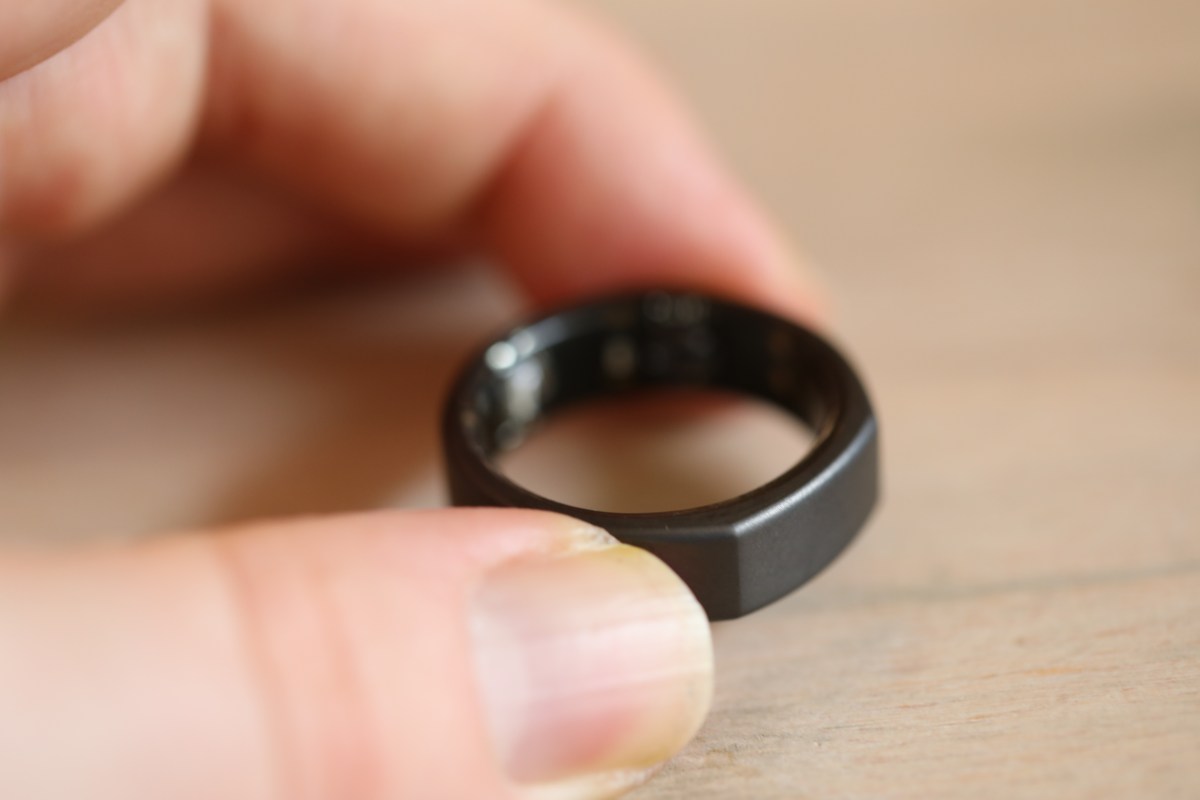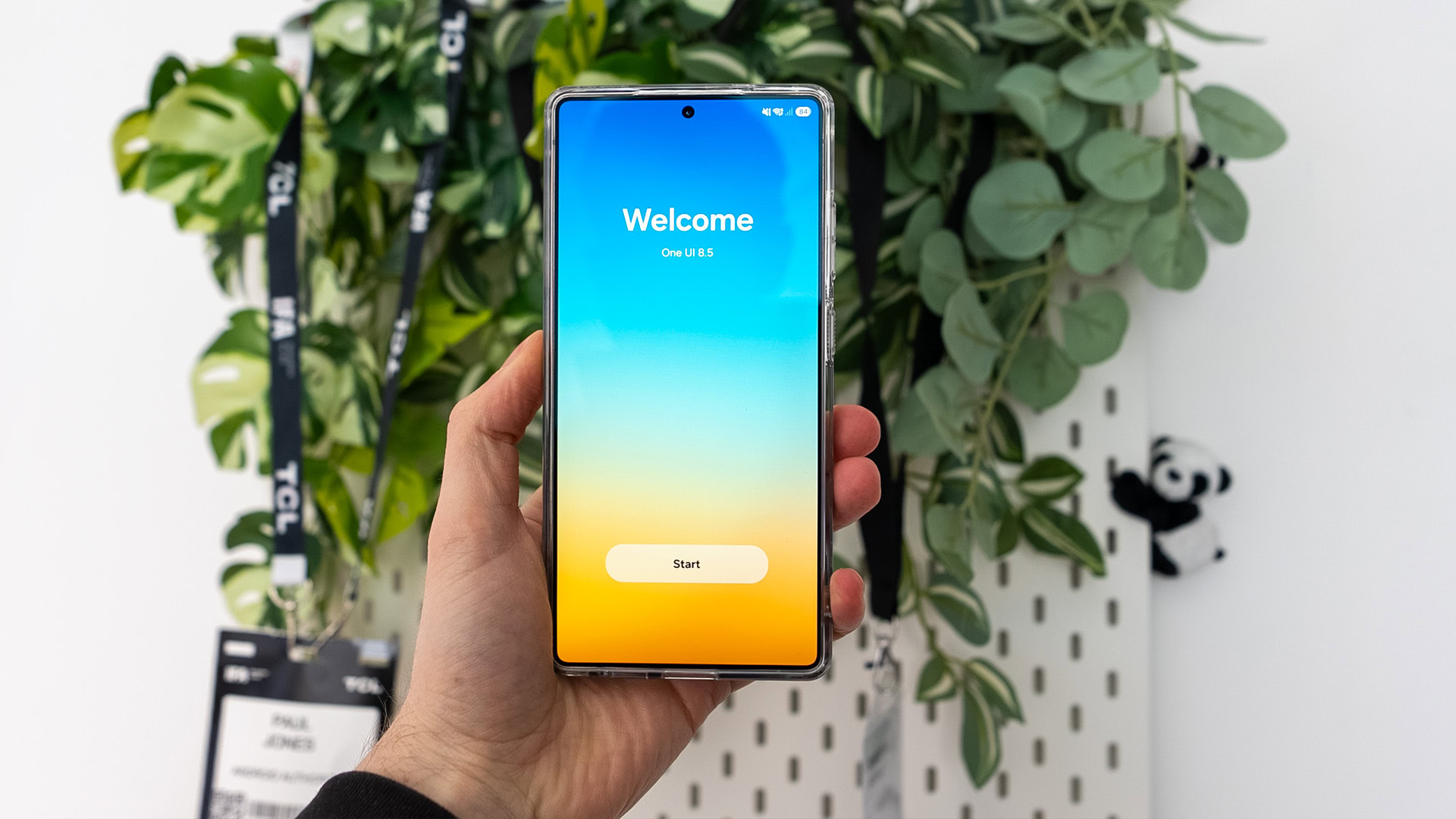On Wednesday, Huawei unveiled its brand new TruSense System for smart wearable devices at the Innovative Wearable Technologies day, a highly anticipated event in Dongguan, Guangdong Province. This new system improves smartwatches and fitness trackers’ capacity to monitor and analyze certain physiological and environmental data.
Zhang Wei, President of Huawei’s Consumer Business Group for smart wearables and health products, stated at the event that devices equipped with TruSense will be on the market from September.
Why it matters: Huawei’s latest software strengthens its position against rivals such as Apple and Xiaomi in the wearable market. By offering enhanced features and capabilities, Huawei seeks to differentiate itself in a crowded market.
The details: To address health aware consumers, Huawei has integrated single-point monitoring technologies into a multi-dimensional sensing system named the Huawei TruSense System, or 玄玑 (Xuan Ji) in Chinese. “Xuan” in Chinese refers to a mysterious deep color, while “Ji” is used to describe ancient astronomical instruments used to observe celestial phenomena.
- The TruSense System is the foundation of Huawei’s health monitoring technology, and is as essential to the functioning of its sports wearables as SoC (System-on-Chip) is to smartphones and image sensors are to cameras. It offers a more accurate, faster, flexible, open, iterable, and all-rounded health monitoring experience for customers, the company said at the launch event.
- The TruSense System can assess a user’s emotional state and stress levels by utilizing heart rate data and an autonomic nervous sequence decomposition algorithm, the company added. Building on sustained investment in optics, electronics, and materials research, the new system has expanded its detection range to span over 60 health indicators.
- Currently, Huawei has 11 years’ experience in the smart wearable field, with over 150 million products shipped and more than 520 million registered users on its health app, according to Huawei. “The TruSense System is a major breakthrough in Huawei’s sports and health monitoring technology, and we are committed to helping users establish a positive and scientific lifestyle through innovative technology,” said Zhang Wei.
- Huawei has collaborated with global professional institutions on more than 250 health research projects, with more than 14 million users participating in health research, including risk assessments for endocrine blood sugar and ovarian health.
- Huawei invited leading experts from the sports and health fields to the event, including Wang Jiguang, President of the Chinese Hypertension League, Professor Xu Xin from the School of Medicine at Zhejiang University, and Professor Luis Sardinha, Dean of the Faculty of Human Kinetics at the University of Lisbon. They engaged in in-depth discussions on the future of smart wearable devices in areas such as blood pressure management, chronic disease prevention, and standards for sports health monitoring.
Context: The global shipments of wearable devices increased by 8.8% year-on-year in the first quarter of 2024, reaching 113.1 million units, according to the latest data from the IDC Worldwide Quarterly Wearable Device Tracker. The top five brands are Apple (18.2%), China’s Xiaomi (10.5%) and Huawei (9.6%), South Korea’s Samsung (9.3%), and India’s boAt (5.4%).
Related










